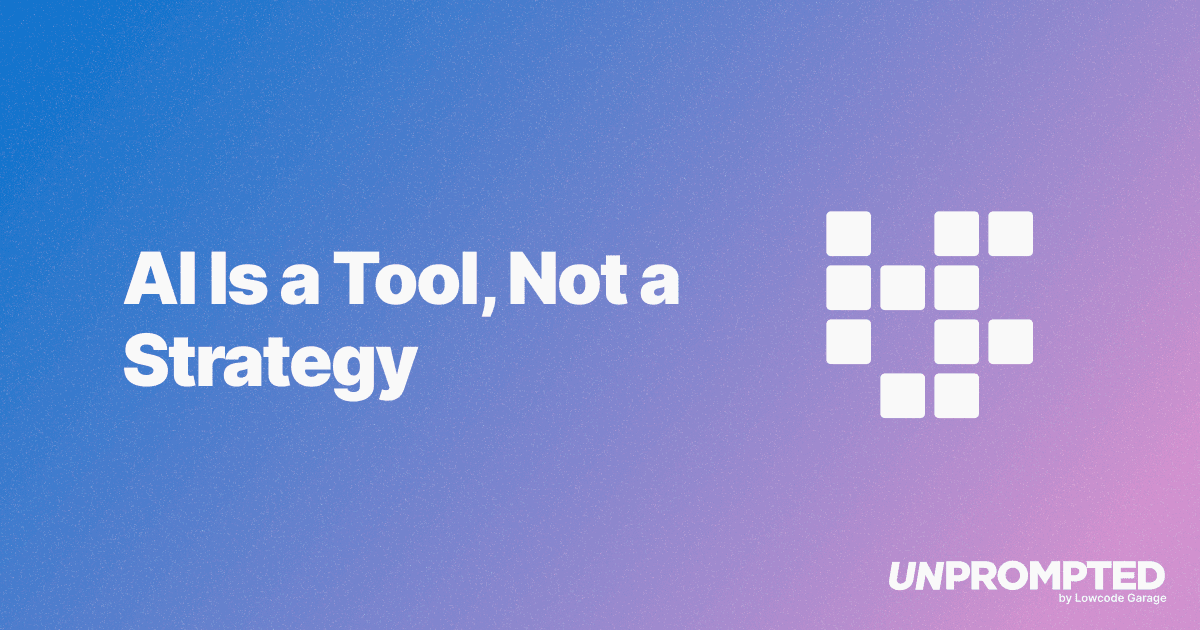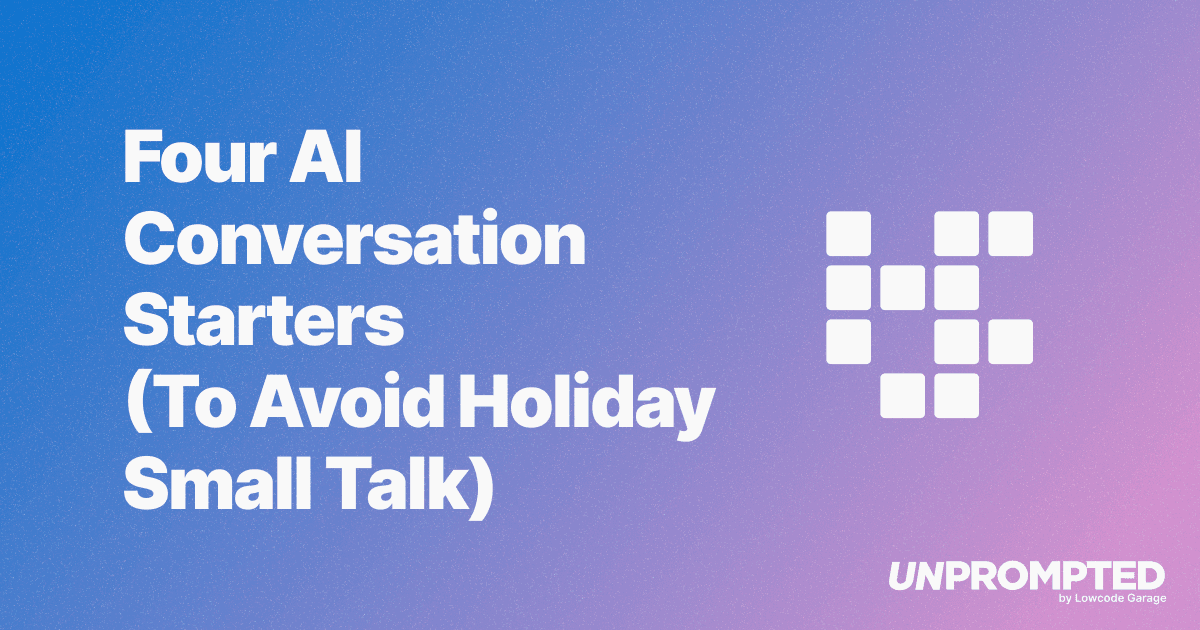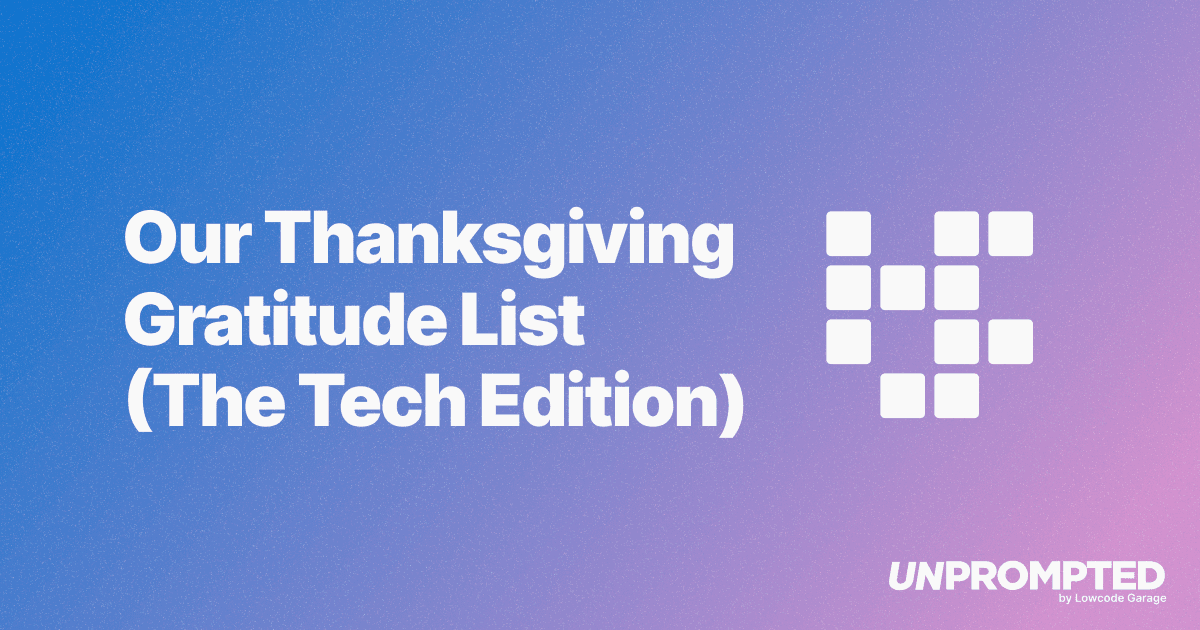Real-Time Playbook: How to Use AI to Win Giving Tuesday and the December 29-31 Final Push
Tactical strategies for executing flawlessly during the most concentrated giving days of the year.
Let's talk about the moments that matter most.
Giving Tuesday 2024 raised over $3.6 billion in the United States alone. That's one day.
The last three days of December often bring in even more than Giving Tuesday. December 31 by itself accounts for 5% of annual revenue for most nonprofits.
One single day generates 5% of your entire year's revenue.
These are the moments when everything you've built all year either pays off or falls short. The difference between nonprofits that maximize these moments and those that underperform is execution.
This is your real-time playbook for Giving Tuesday (December 2, 2025) and the December 29-31 final push.
If You're Behind: Do This First
If you haven't prepared yet, prioritize ruthlessly:
- Segment donors into 3 groups: gave last year, lapsed, never given
- Write 3 core email appeals: Giving Tuesday, mid-December, December 29-31
- Create 10 social posts for each campaign
- Set up ONE automation: don't send appeals to people who already donated
That's your minimum viable campaign. Now let's maximize it.
Strategy 1: Personalize at Scale
Why This Matters
Generic appeals get deleted. But you can't personally write to hundreds of donors. AI solves this.
How to Execute
Use AI to create personalized outreach based on donor history and giving patterns. For your top donors, reference their specific contributions. For broader segments, customize messaging based on their relationship with your organization—first-time donors need different messages than lapsed donors or long-time supporters.
AI can also analyze past giving patterns to suggest optimal ask amounts for each donor segment.
Quick Wins
- Send personal video messages to your top 20 donors using and leverage AI to help you draft your scripts based on their history
- Identify donors who gave last December 29-31 and target them with personalized year-end messaging
Strategy 2: Monitor and Optimize in Real-Time
Why This Matters
On these critical days, every hour counts. If something isn't working, you need to know immediately and adjust.
How to Execute
Set up a dashboard tracking your key metrics: email performance, donations (count and amount), progress toward goal, and which channels are driving results.
Check it regularly throughout the day and be ready to pivot:
- Low open rates → test new subject lines and resend to non-openers
- Opens but no clicks → rewrite your opening or simplify your CTA
- Clicks but no conversions → check for friction on your donation page
- One channel outperforming → double down there immediately
- Behind on goal → create urgency messaging with real-time updates
Use AI to help you come up with alternative messaging when you need to adjust on the fly.
Quick Wins
- At midday on Giving Tuesday, check your morning performance and adjust if needed
- Set benchmarks throughout December 31 and send urgency updates if you're behind
Strategy 3: Deploy Content with Precise Timing
Why This Matters
Timing is everything. Post too early and people forget. Post too late and they've moved on.
The Framework
Giving Tuesday approach:
- Morning: Core appeal across all channels
- Midday: Progress updates and social proof
- Afternoon: Donor appreciation and impact reinforcement
- Evening: Final push with urgency
December 29-31 approach:
- Days leading up: Tax deduction reminders and year-in-review content
- Final three days: Escalating urgency messaging
- December 31: Multiple touchpoints throughout the day
Use AI to pre-write content with placeholders for real numbers. On the day, just fill in your actual progress.
Quick Wins
- Pre-write social posts with blanks for numbers so you just plug in real-time data
- Set reminders throughout the day to post progress updates
Strategy 4: Thank Properly and Segment Ruthlessly
Why This Matters
The biggest mistake: asking donors who already gave to give again. Nothing kills loyalty faster.
The opportunity: Donors who give on these days are engaged. Thank them immediately and you dramatically increase repeat giving.
How to Execute
Set up automated thank-yous that trigger instantly when donations come in. Customize them by donor type—first-time donors get a welcome message, recurring donors get acknowledgment of sustained support, major donors get high-touch personal outreach.
Critical: Remove donors from future appeals once they give. If someone donates on Giving Tuesday morning, they shouldn't receive your afternoon appeal. If they give on December 29, they shouldn't get December 30-31 urgency messages.
Use AI to create thank-you templates for different donor segments and set up the segmentation logic in your email platform.
Quick Wins
- Set up one automation before Giving Tuesday: donors who give get removed from future appeals
- Send a special thank-you to everyone who gave on December 31
Strategy 5: Analyze and Learn
Why This Matters
Next year will be here fast. If you don't analyze what worked, you'll repeat the same mistakes.
How to Execute
In January, export your campaign data and use AI to identify patterns:
- Which emails and appeals performed best?
- What was your cost per dollar raised by channel?
- How did Giving Tuesday compare to December 29-31?
- Which donor segments responded best to which messaging?
- What timing worked best for your emails and social posts?
AI can process this data quickly and surface insights that would take hours to find manually.
Quick Win
Ask AI: "Based on this data, what are my top 3 wins and top 3 misses?" This gives you a clear starting point for next year's planning.
The Execution Bottom Line
Nonprofits that execute strategically:
- Capture their share of $3.6 billion on Giving Tuesday
- Maximize December 31 (5% of annual revenue)
- Personalize outreach to increase conversions
- Monitor and optimize in real-time
- Deploy content with precise timing
- Avoid donor frustration through proper segmentation
- Learn and improve for next year
The giving season is concentrated. The opportunity is massive. Execution is everything.
Ready to Win These Critical Days?
We specialize in helping nonprofits execute flawlessly during high-stakes campaigns.
What You Get When You Work With Us:
✔ Real-Time Campaign Support — We monitor performance and help you optimize on the fly
✔ Dashboard Setup — Real-time visibility into what's working
✔ Content Creation — All the messaging variations you need
✔ Automation & Segmentation — Workflows that prevent mistakes
✔ Post-Campaign Analysis — Actionable insights for next year
Get in touch—these days are coming fast.
Frequently Asked Questions
Continue Reading

AI Is a Tool, Not a Strategy
Henry Kravis reminds us that AI is a productivity tool, not a strategy. Strong management, cultural fit, and operational fundamentals still determine whether businesses succeed or fail.

Four AI Conversation Starters (To Avoid Holiday Small Talk)
Four timely AI conversation starters covering federal vs state AI regulation, Opus 4.5 capabilities, physical AI in construction, and Michael Burry's bet against Nvidia—perfect for surviving holiday small talk.

Our Thanksgiving Gratitude List (The Tech Edition)
Discover the AI tools transforming how we build products at Lowcode Garage. From publishing content with Claude Desktop to building prototypes in weeks instead of quarters, here's our Thanksgiving gratitude list for the tech that makes it all possible.